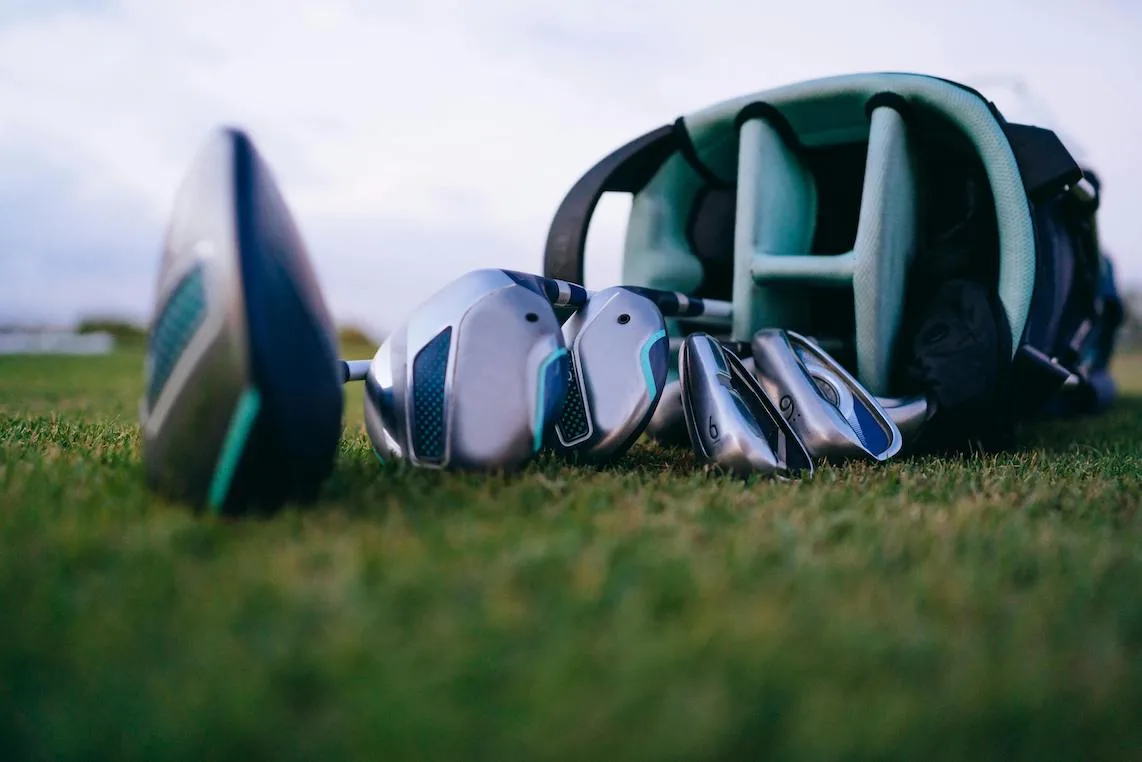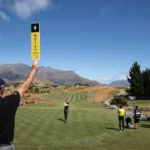
The USGA and R&A regularly evaluate the Rules of Golf, especially following notable incidents on tour, and introduce changes they find necessary. While significant updates are typically announced every four years, smaller adjustments are implemented quarterly.
Among the latest updates, effective January 1, 2025, is a key modification to Model Local Rule G-9. A rule which would have had a big impact on Matt Fitzpatrick at last year’s final round in the 2024 BMW Championship.
The Englishman was on the 8th hole at Castle Pines when he noticed a crack on his driver head. He called a rules official to check if he could replace the head and did not get the answer he wanted.
“I don’t think [the crack] is enough yet,” the rules official said. “They made the rule so it’s got to be, like, folding in on itself.”
But Fitzpatrick disagreed. “There’s an obvious crack there that is causing a defect to the ball flight.” However, his protests fell on deaf ears.
Now, in the latest updates from the R&A and USGA, they have made several changes.
G-9 – Broken or Significantly Damaged Club Replaced with Similar Club
Purpose. Rule 4.1a(2) allows a player to repair or replace a club that is damaged during the round, except in cases of abuse. But a Committee may adopt a Local Rule to restrict replacement to cases where the club is broken or significantly damaged.
Model Local Rule G-9
“Rule 4.1a(2) applies but is modified in these ways:
1. A club damaged by the player or their caddie during the round or while play is stopped under Rule 5.7a may only be replaced if the damage was not caused by abuse and if the club is broken or the damage is significant.
For the purposes of this Local Rule, examples of when a club is “broken or the damage is significant” include:
Shaft:
- The shaft is in pieces, or it is bent, dented, kinked, or splintered.
Clubhead (except Club Face):
- The clubhead is visibly cracked or substantially deformed (but not when it is only scratched, chipped or has a minor dent),
- The clubhead is loose or no longer attached to the shaft, or
- A part inside the clubhead is loose (such as when there is an audible rattle).
Club Face:
- The club face is visibly cracked or deformed (including when it has a chip or minor dent but not when it is only scratched).
Grip:
- The grip or part of it is loose.
2. To ensure the progression of the set is maintained, the replacement club must fill the gap created when the player took the broken or damaged club out of play.
So from now on, the bar for ‘damaged enough to need replacing’ has been significantly lowered. Any visible crack would now count, which would have permitted Fitzpatrick to use a replacement.







